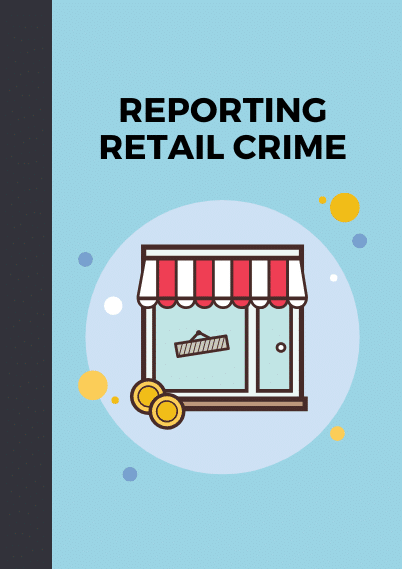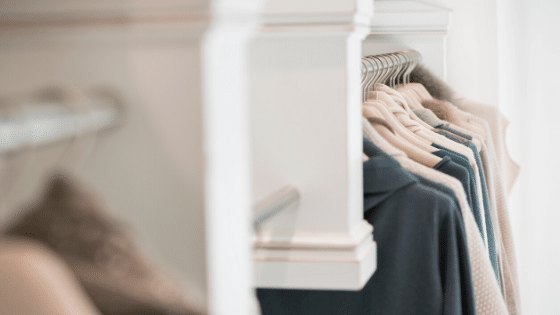
Post COVID-19 Loss Prevention Tips
Retail shrinkage continues to be a major issue for retailers everywhere.
According to the National Retail Federation, losses due to organized retail crime, theft, and vendor fraud, etc. have continued to grow over the past few years. In 2019, shrinkage reached $61.7 billion, up from $50.6 billion in 2018.
Now the COVID-19 pandemic has created new challenges for retailers when it comes to loss prevention.
Shrinkage Post-COVID-19
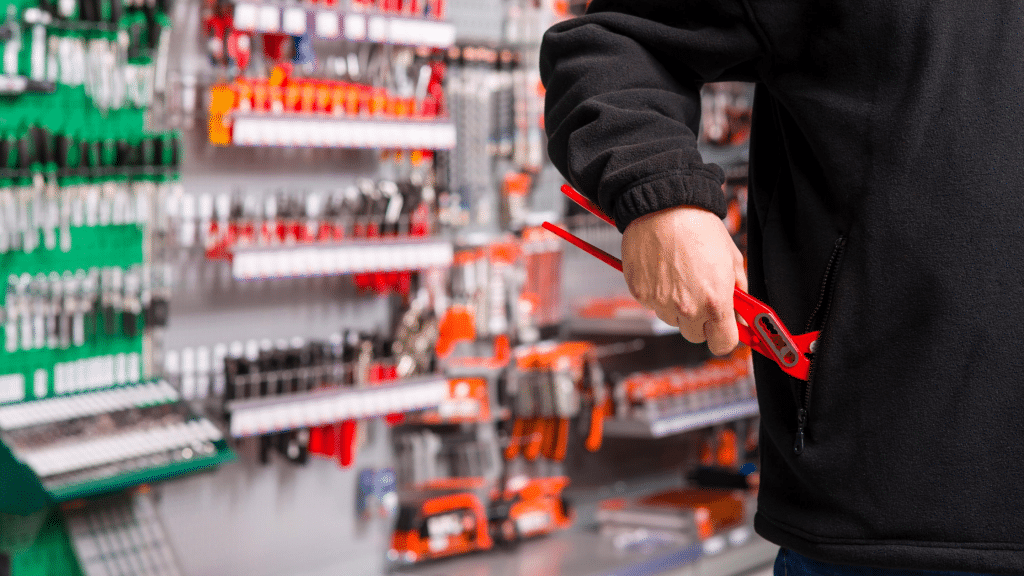
History has shown that retail theft increases after global events that have major economic impact. Following events such as 9/11 and the financial crisis of 2008, there was a notable increase in shoplifting.
According to Caroline Kochman of the National Association for Shoplifting Prevention (NASP), there was a 16% increase in shoplifter referrals following 9/11 and a 34% increase during the financial crisis. Kochman also noted that in early 2009, 84% of retailers reported seeing an increase in retail theft.
Retail experts are predicting that COVID-19 could lead to even greater increases in retail crime as factors such as unemployment, uncertainty, and financial pressure make people more likely to steal and purchase stolen goods. Additionally, thieves are likely to take advantage of masking policies to get away with shoplifting and organized retail crime.
Let’s take a look at how retail owners can mitigate the risk of increased retail theft post-pandemic.
Post-COVID-19 loss prevention tips
- Limit the number of shoppers in-store
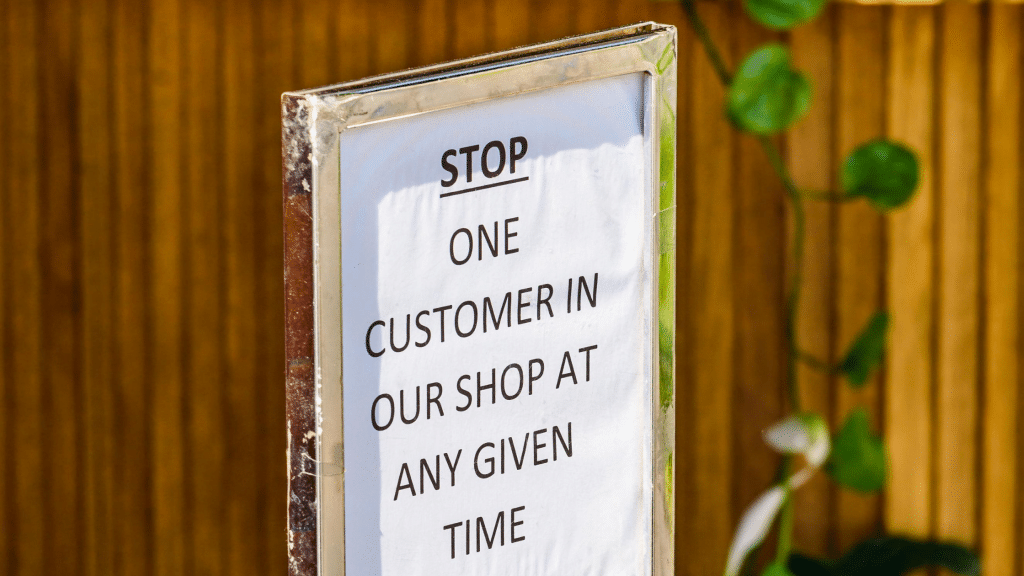
Limiting the amount of shoppers allowed inside at a given time will prevent your retail store from becoming too crowded. Not only is this an important health & safety measure post-COVID-19, it is also critical in deterring retail theft.
A limited number of shoppers in-store will make it easier for staff to spot any suspicious activity. Remember, alert employees are the best defense against shoplifters. Attentive customer service and eye contact are key. Thieves hate attention and are less likely to act if they are in plain sight of store employees. So, if employees suspect a shopper is likely to commit a crime, teach them to engage the shopper in conversation.
Since many retailers have had to decrease the number of staff per shift to accommodate social distancing guidelines, limiting shoppers in store will also help to ensure adequate staff oversight. This way, store owners can be confident that there are enough employees keeping an eye on the sales floor.
- Use cameras and mirrors
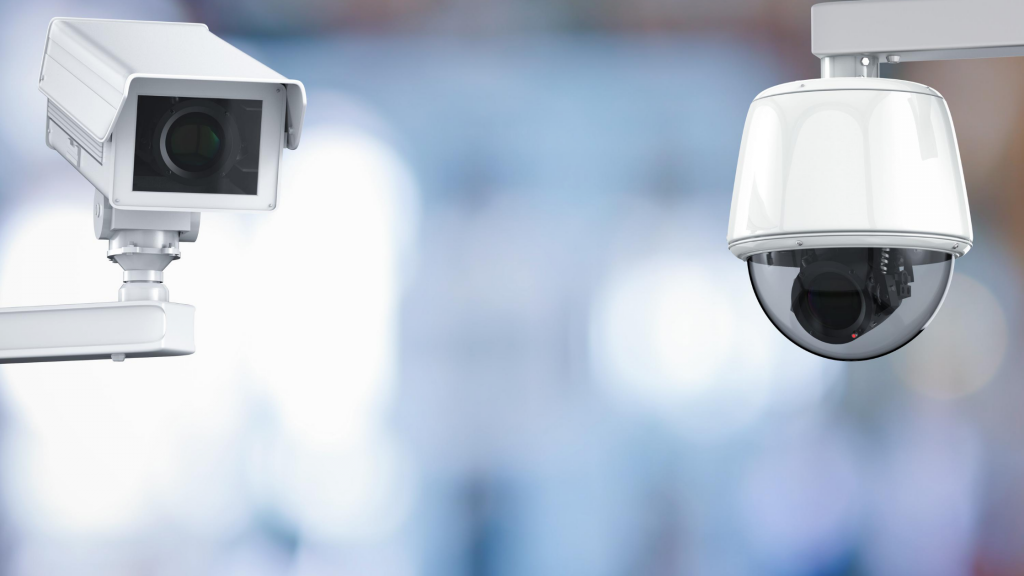
No matter how alert you and your employees are, it’s difficult to constantly monitor what is going on in your store. This is why security cameras, mirrors, and closed-circuit television cameras are great assets. When you are busy assisting shoppers or if you get momentarily distracted, video surveillance ensures that you are still covered in case of a crime or theft. And with retail theft expected to rise and a limited amount of staff allowed per shift post-COVID-19, you may want to consider installing more cameras and mirrors. It can be as simple as wifi cameras with recording functions or advanced AI surveillance software such as NoLeak Defense which uses technology to flag when a person’s body language is suspicious.
For smaller retailers, mirrors are a cost effective way to make a significant impact for both monitoring and deterrence. It’s a good idea to place them in the “blind spots” and corners of your store. This will make it easier for staff to see the whole store and at the same time, can make the perceived size of your store bigger.
- Signage to prevent theft
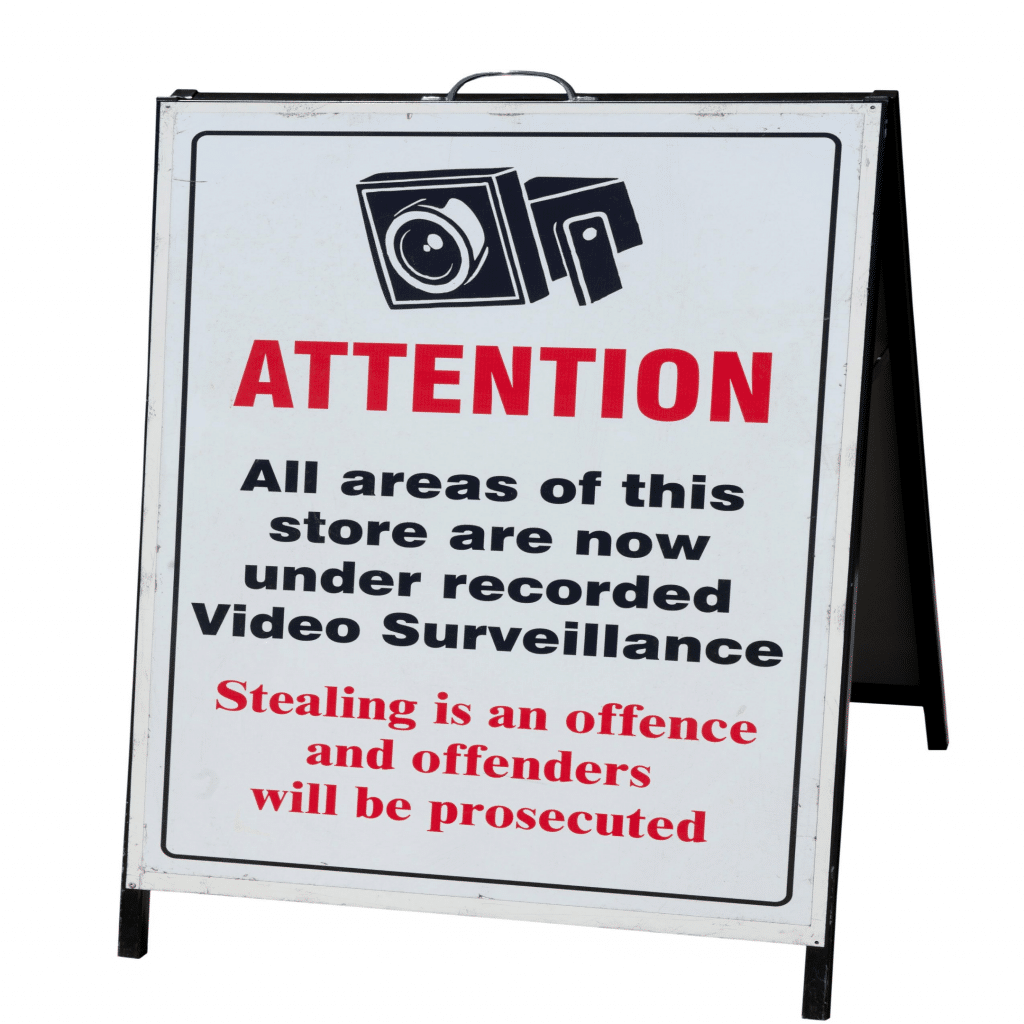
Another cost-effective way to minimize opportunities for thieves to steal is the use of signage. Similar to how an at-home security system would deter burglars, anti-theft signs can act as a means to ward off potential retail crime.
Here are a few best practices when it comes to maximizing the impact of loss-prevention signage:
- Place signs near your storefront or your front door to make it clear that your retail store is being monitored. This is often the first place that shoppers look and helps to minimize any privacy concerns.
- Make sure your signage is placed high up where shoplifters would look for cameras/mirrors.
- Consider featuring a set of eyes or list the consequences of committing retail crime (fines, jail time etc.) on the signage. Research has shown that this increases the likelihood of compliance.
- Go cashless for security
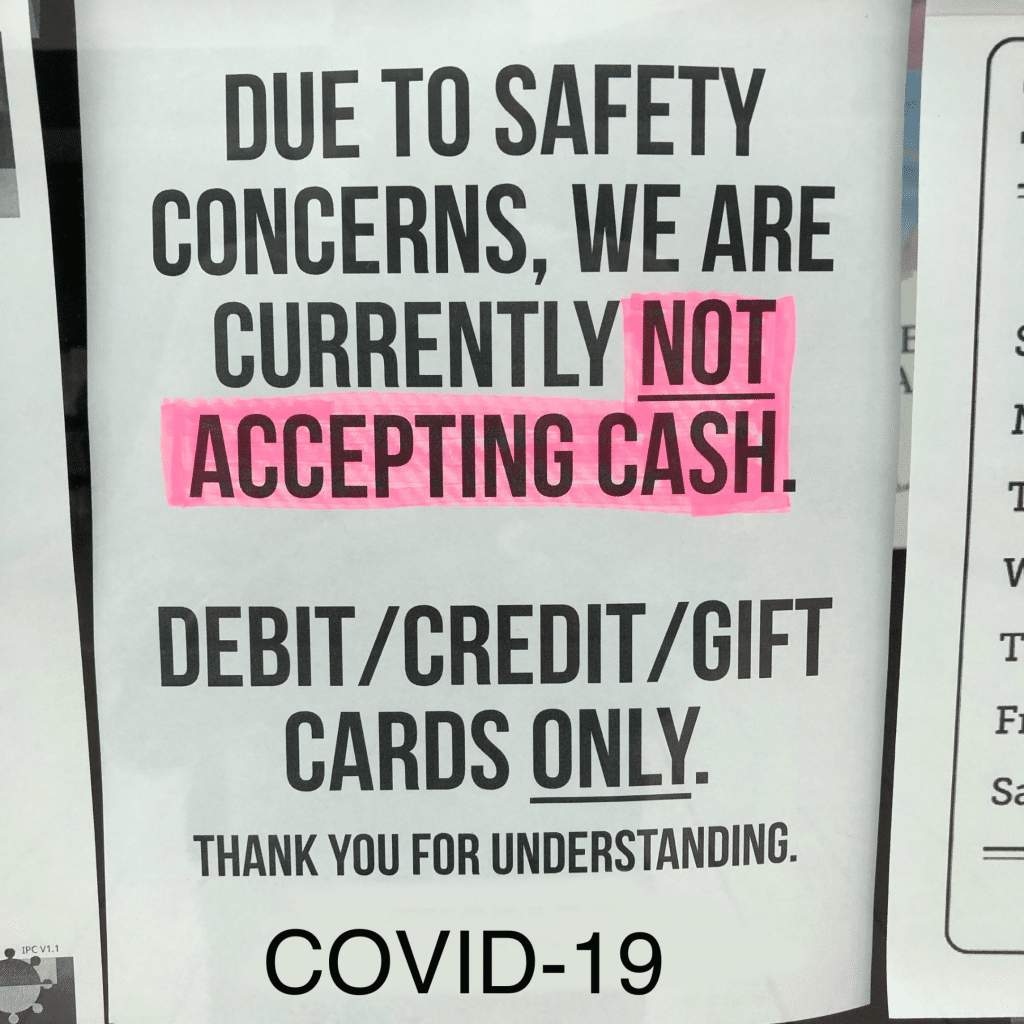
Unfortunately a significant amount of shrinkage is internal. After all, employees are more likely to understand how your operations work and how products or money can be taken without being noticed. And so, with the increase in shoplifting, experts are also predicting a spike in employee theft post-pandemic.
If you accept cash, you won’t be able to run your retail business without giving employees access to your cash drawer. At the same time, balancing your cash drawer every day is time consuming. In the words of small business expert Michael Philippou, “take away cash and you take away the problem”. If it is necessary for you to accept cash, it’s important for you to use a retail POS system that has proper cash management and “cashout” controls including payment breakdown by tender type, the ability to hide system or +/- figures, etc. These types of functions will make it more difficult for employees to adjust closing figures as only users with the higher access rights would be able to see the comparisons.
To reduce the risk of internal theft, you should consider joining other retailers in going cashless, even if only temporarily. Yes there are costs associated with electronic payments but when you consider the risks in terms of employee theft and the extra administration costs, it is likely more cost-effective for you to go cashless. COVID-19 has only increased the risks and is the key reason why many retailers (and even government support such EBT programs) are increasingly digital these days. And if you are a fast-moving retailer, taking integrated electronic payments with your POS can also help increase your sales as you can significantly increase your checkout speed and accuracy.
- Use a unified retail software

Before the pandemic, many merchants looked at “omnichannel,” “harmonized” or “unified” retail as a nice-to-have. Since the pandemic started, retailers are now looking at omnichannel as a must-have. So what do all of these terms actually mean?
While the terms have slight differences, they basically refer to a single system or piece of software that allows you to connect all of your inventory and customer data from all sales channels. So whether you make a sale online or in-store, you can track every order, payment, refund or inventory change in one software. Separate or poorly linked systems make it much harder for store managers to know how much inventory there is. Naturally, this creates opportunities for would-be thieves to more easily steal products – as nobody will notice that system quantities don’t match what’s available until they actually check what’s in stock!
While it’s possible for traditional POS software to offer some of these functions, a cloud-based system will be much better at handling this as the data in a true cloud system is managed in a central database online. This is particularly true if you manage inventory over multiple physical locations within one or many stores. During uncertain times, the flexibility and accessibility of cloud-based systems from anywhere makes it a lot easier for store managers and owners to:
- More easily identify and trace suspicious activity all from a single system
- Know what total inventory is in-stock vs. available to sell across all of your locations and sales channels.
- Have better visibility into all transactions and inventory activity from wherever they are working (e.g. when they are working from home)
- Have proper employee controls based on their access rights regardless of what device they are using and wherever they log in (e.g. no more remote access!)
- Revise your store layout
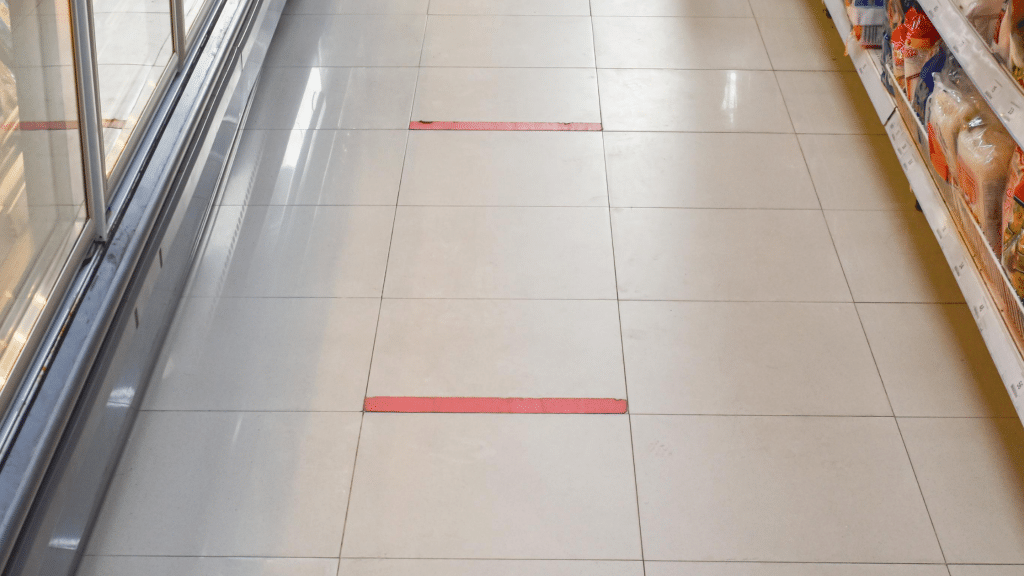
There is a lot to consider when it comes to retail design in a post-pandemic environment. Retailers need to re-organize their store layouts to help shoppers and employees feel safe and comfortable. But at the same time, their store design and set up needs to be organized in the best possible way to prevent theft.
Below are some tips to consider when revising your store layout post-COVID-19:
- Place shelves and displays 6 ft. apart so employees have maximum visibility. This also helps to ensure compliance with social distancing guidelines.
- Have elevated sales counters for better staff visibility of the shop floor.
- Place small high-touch and high-value items near the checkout counter or in locked displays.
- Install mirrors and cameras to eliminate blind spots.
- Make sure there is adequate lighting in all areas.
- Avoid large or clustered displays by reducing your selection. Many retailers including mainstream grocery stores are doing this now as fewer SKUs means less re-stocking and better visibility on suspicious behaviour.
- Keep your store organized; a disorganized store attracts shoplifters and makes it easier for them to operate.
- Install sensors that notify you when shoppers enter or exit the store. This is particularly important if you are trying to control the number shoppers in your store to maintain social distancing.
- Have an employee stationed near the front of the store to greet customers as they enter and exit the store. Make sure that this employee is trained to handle customers with mask-related issues or to explain your store safety policies, etc. Personable, engaged employees help deter would-be thieves who are more likely to target stores where they can enter and leave undetected.
- Partner with law enforcement
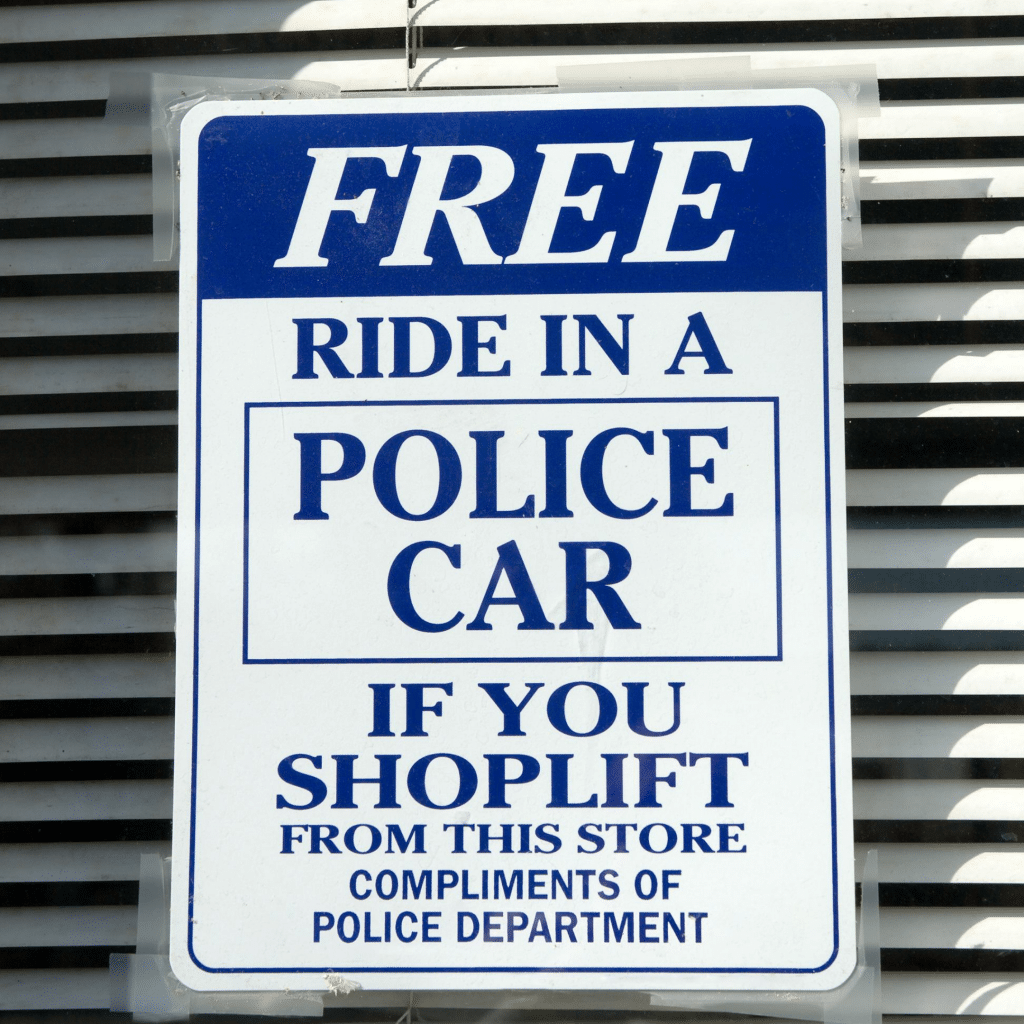
Working closely with law enforcement is a key factor in the fight against organized retail crime and theft. In the U.S., many federal, state, and local governments have established agencies that work with retailers to combat organized retail crime. To find out more about ORC associations in Canada, click here.
It’s a good idea to contact your local police station or retail association for advice on how to report organized retail crime, shoplifting, and internal theft in your area. Authorities can redirect you to local community resources and even provide important loss prevention tips.
- Prepare your employees
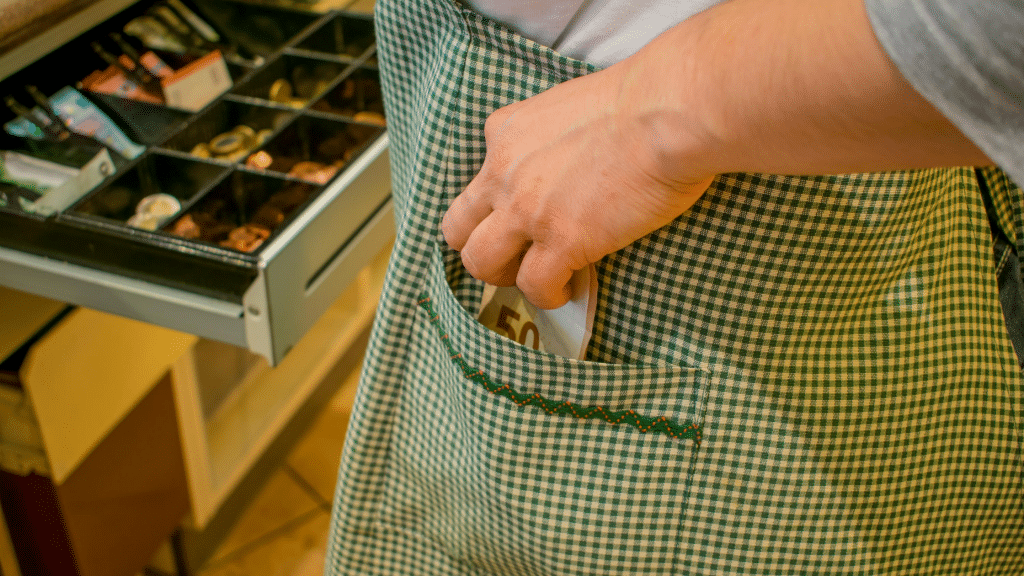
With post-pandemic employee fraud expected to increase, retailers need to take preventive action. Besides some of the payment and system options mentioned earlier, here a few others steps that retailers can take to protect against internal shrinkage:
- Send a clear message to all employees that detecting fraud is still a priority and will not slip under the radar. With sales down, layoffs and the addition of preventive health & safety measures, some employees may sense the company’s attention is elsewhere and believe there is an opportunity for theft.
- Fraud training for senior employees, visible management of anti-fraud efforts, and the promotion of transparency should still be a priority for retail owners and managers.
- Do random inventory counts. It is not necessary to check the entire store – many stores often do partial counts by section – but make sure that the counts are unscheduled so that employees cannot anticipate them.
- Increase POS data analysis and auditing frequency to be familiar with employee activity and be alert to possible fraud activity when there are unusual patterns.
- Use a modern POS system to make it easier to manage discrepancies in inventory and have a clear overview of your entire business across all locations and sales channels.
- Ensure your POS system has strong user permissions. These permissions allow store owners and managers to restrict staff members from accessing certain features (such as sales reports and refunds without receipts, etc.).
- Run background checks when hiring new employees.
- Ensure employees are well trained to prevent accidental loss. Whether it’s entering inventory incorrectly or entering the wrong discount, accidental losses can add up. A POS system with built-in training tools can help ensure that your employees are well-trained on store policies and procedures.
We hope you found this article useful.
If you are a Toronto retailer, you can also download the following PDF for step-by-step instructions on how to report a retail crime.

